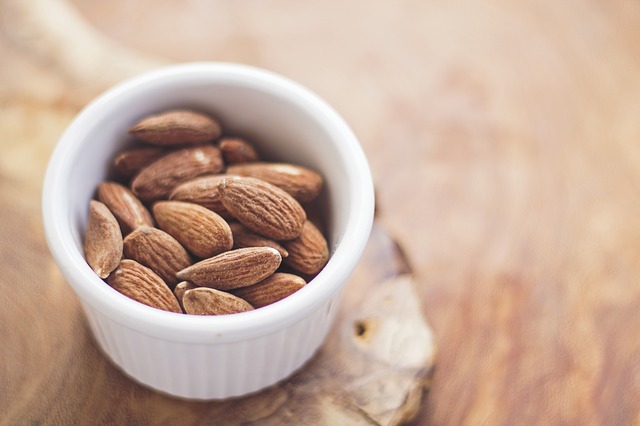In a recent study published in The Journal of The Academy of Nutrition and Dietetics, Latino parents of overweight children were questioned about their perspectives on healthy eating. Some important insight can be gleaned from the results of this study, and its conclusions are applicable to kids and families everywhere, especially those trying to live as naturally as possible in a very unhealthy world.
This study sought to determine methods for reducing obesity among Latino children in the United States. Families answered survey questions in focus groups and sampled healthier versions of their culture’s traditional foods, such as brown rice and multigrain enchiladas. The results indicate that most of the families do recognize the need for change in their children’s diets, and most expressed willingness to adopt behavior modification as well as make changes like switching to low fat dairy products and eating more fiber in their meals.
The take-away message here is that the risk of obesity can be reduced in children by following a few suggestions that most families in the study agreed are easy enough to implement. These principles apply to the wider population too. Kids can still enjoy their culture’s traditional foods, or their favorite foods in general, just in healthier versions. What changes can you make at home to make the things you prepare for your kids a bit healthier? Substitute coconut oil for butter or shortening? Bake foods rather than frying them? Serve brown rice instead of white? Can you find ways to reduce your child’s intake of high fructose corn syrup?
The implications of this study also emphasize that the entire family should participate in dietary and lifestyle changes to increase the likelihood of an obese child’s success at normalizing their weight, and that even family members with healthy BMIs can benefit from substituting traditional fare with more nutrient-dense choices.
This study also pinpointed strategies for minimizing inactivity, such as reducing “screen time” for children and including the entire family in outdoor recreation. Exercise should also be a family activity to maximize its effectiveness. Community initiatives should include providing safe places for children to play and for families to exercise together.
Can you incorporate these ideas into your own life on a smaller scale? Could you buy a pool membership this summer rather than the new toy the kids have been asking for, or maybe include the kids in your family’s plan to grow a small vegetable garden this year? Even small changes add up , and parental input indicates a higher degree of success because the family is more likely to stick to the plan. To take this line of thinking a step further, how can you make small changes and involve the whole family to make your lives more natural and healthy?
Reference: Making Tortillas without Lard: Latino Parents’ Perspectives on Healthy Eating, Physical Activity, and Weight-Management Strategies for Overweight Latino Children. J Acad Nutr Diet. 2012;112:81-89.
Photo used with creative commons license.


